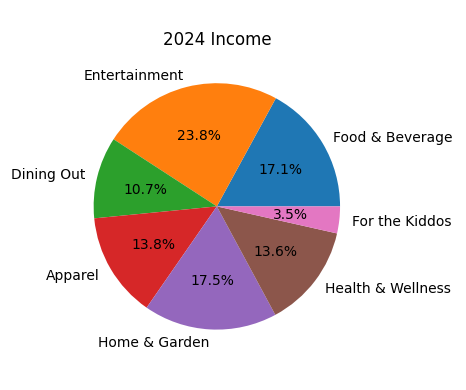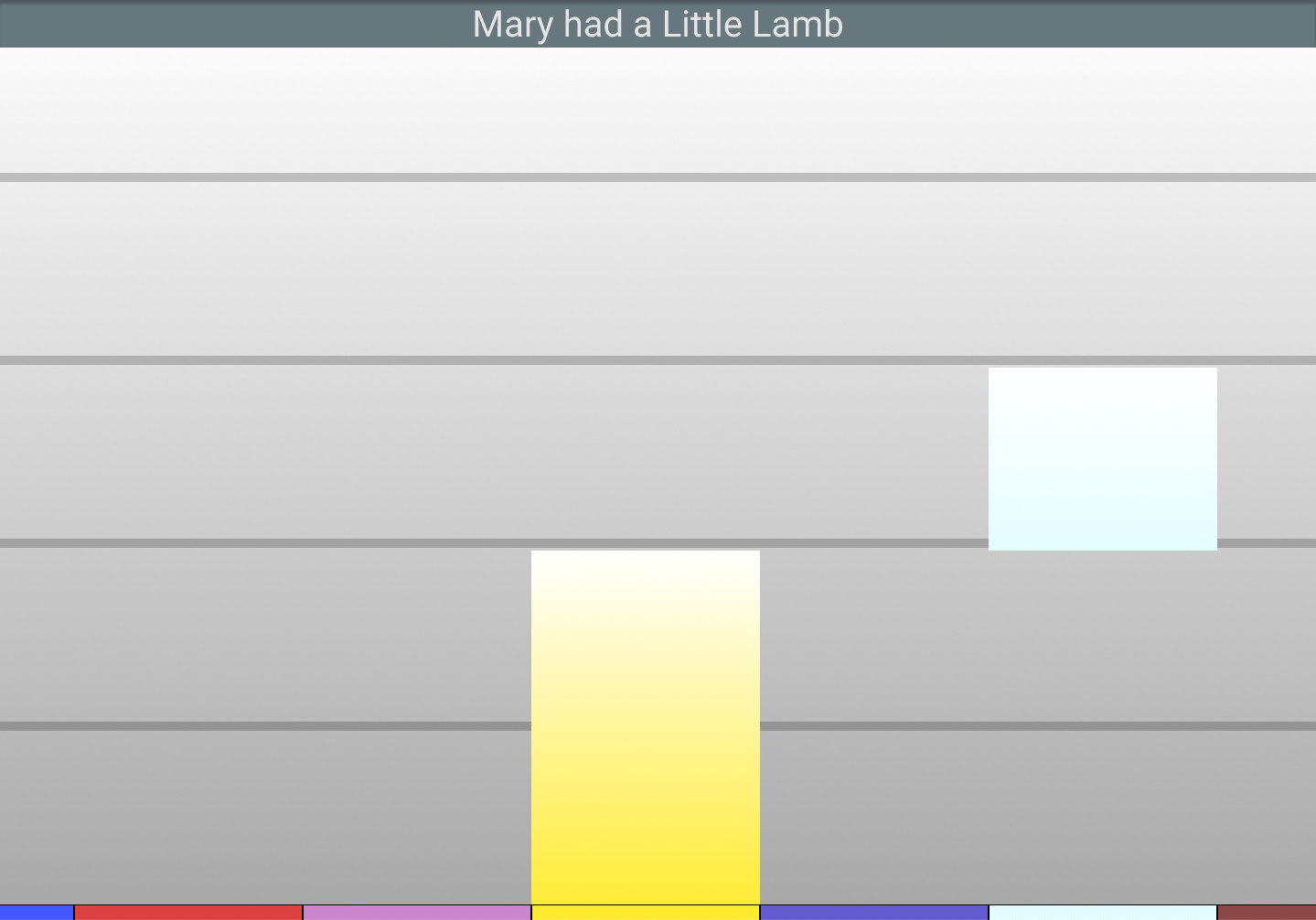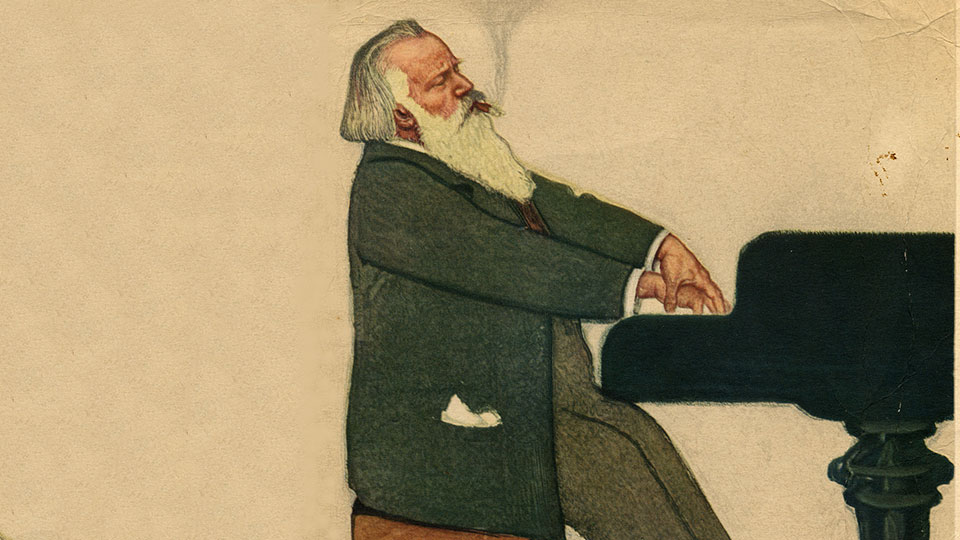About Me

Hi, I’m Quinn Coleman, and I am a clear writer and detail-oriented problem solver with a passion for learning. I aim to use my eye-for-design and broad technical expertise to empower and inspire others. I graduated with my MS and BS in Computer Science from Cal Poly, San Luis Obispo in 2021.
View My Resume


